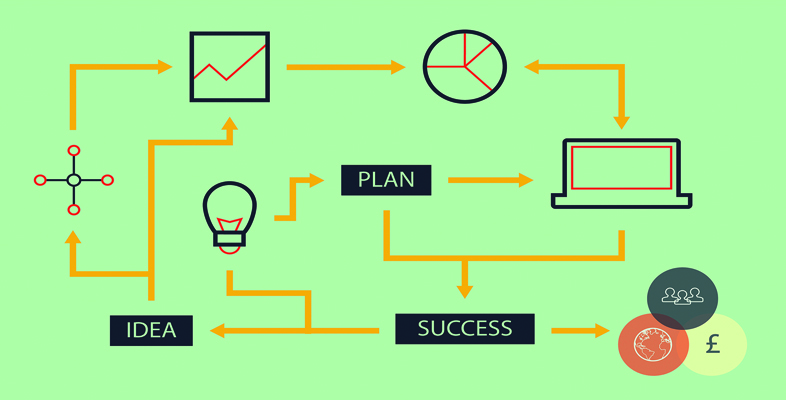7 Summary
In this session you have considered how products and businesses are the basis of a mutual value exchange with customers. From the business perspective, you have to be able to persuade customers that what you have is something that they value sufficiently to pay the price you are asking for, or perhaps to change their behaviour in some way. This may mean trialling your product, changing supplier or doing something they have previously done in a completely different way.
In this session, you have:
- learned about the key concept of the value proposition
- attempted to define a value proposition for your own business idea that you will undoubtedly refine as you go on
- considered how your value proposition may differentiate you from competitors, provided customers understand the value for them.
The concept of value is a mutual one, but in order to persuade customers that there is value for them, businesses need to demonstrate it through their value proposition, which is a way of solving problems or meeting needs. The value goes beyond the features or the product alone and, done well or better than other comparable products or providers, can provide a winning differentiator.
As you work your way through your business model, you will encounter many ways in which to add value to customers. Some, like a positive customer-friendly attitude, cost nothing; other features, such as special packaging or an exclusive distribution outlet, could add cost to the business. In this way, balancing the value you provide to the price and volume of use and purchases you can expect is important to ensure that value is mutual.
You can now go to Session 6 [Tip: hold Ctrl and click a link to open it in a new tab. (Hide tip)] .
